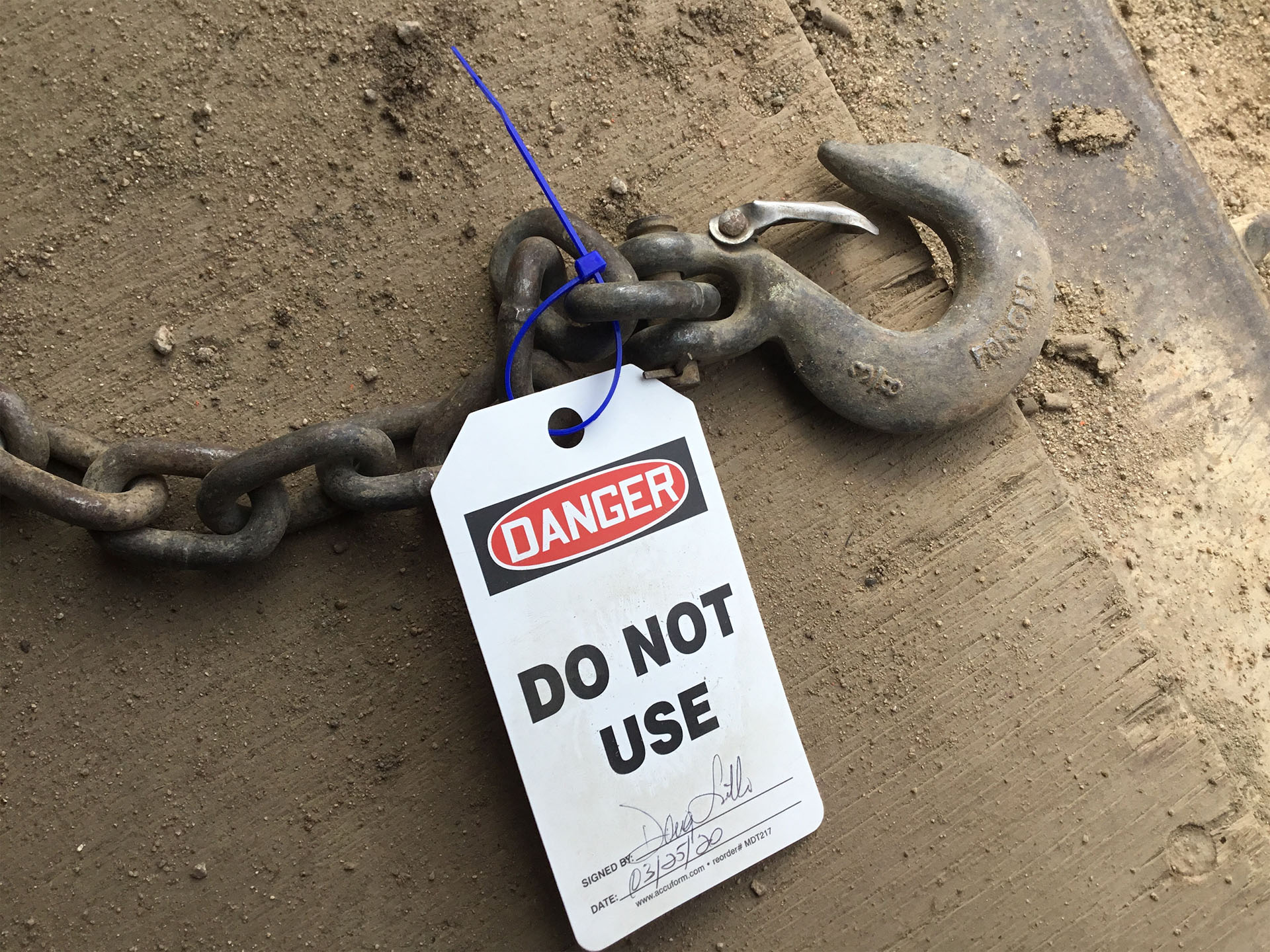
What Inspections are we doing?
Project worksites may be a stationary single location, or mobile, as in a pipeline build.
The types of inspections required will vary with the type of project, since certain items won’t be utilized on mobile sites. Single location projects will have more support items to inspect like temporary offices, washrooms, sea cans used for storage, material stockpiling yards, etc., while mobile site inspections will focus more on pre-use equipment inspections, site conditions and required documentation.
There should be a schedule established at the planning stage for every project, that sets out the anticipated sites and the expectations of the inspections. What will the criteria be for inspecting offices and yards? How often will they be inspected? Who will receive the reports? Who will ensure corrective actions are implemented? Without a clear expectation of detail and frequency, inspections will quickly slide down the priority list as a required element.
Frequency of Inspections
H&S groups from both the prime contractor and all subcontractor companies should develop a checklist of items that will be inspected with a frequency goal, so that everyone knows what is expected and the results can be measured against the stated targets for the project.
 This is often a tripping point as there has to be an agreement between the prime and the subcontractor for inspections to prevent overlap. When there are two or more separate inspection teams, there is a point where workers at site become frustrated with constantly being asked to stop work for “another” inspection.
This is often a tripping point as there has to be an agreement between the prime and the subcontractor for inspections to prevent overlap. When there are two or more separate inspection teams, there is a point where workers at site become frustrated with constantly being asked to stop work for “another” inspection.
 Whoever completes the inspection will often have a direct impact on the findings and proposed corrective actions. If you’re a subcontractor, have a member of your H&S team present at an inspection being performed by the prime, as this will allow you to be the contact point for explaining any deficiencies and will reduce anxiety in your crew. They will also serve as an information point for the prime contractor representative that may be performing the inspection, as he/she may not be familiar with your operations.
Whoever completes the inspection will often have a direct impact on the findings and proposed corrective actions. If you’re a subcontractor, have a member of your H&S team present at an inspection being performed by the prime, as this will allow you to be the contact point for explaining any deficiencies and will reduce anxiety in your crew. They will also serve as an information point for the prime contractor representative that may be performing the inspection, as he/she may not be familiar with your operations.
Site inspections will consist of general items such as posted documentation (ERP’s), cleanliness of site, layout of storage areas, required safety items such as first aid kits, eye wash stations, fire extinguishers with annual inspection tags, availability of hearing protection plugs, etc. Though general in nature, they are items that are regularly overlooked and must be noted.
Pre-Trip/Pre-Use
Vehicle and Equipment inspections are a constant battle on projects. The practice of completing these inspections must be drilled in at the individual company level so that is becomes part of their culture. When you attempt to get completed pre-trip inspections on the project that aren’t monitored under normal company operations, you probably won’t see them become reality before the end of the project. Internally, each company H&S representative must constantly monitor and encourage the completion of these inspections as they build the right culture within it.
Follow-up
Once an inspection has been completed and corrective actions have been identified, discuss this with the crew and assign a person to be responsible for these actions and a date for completion. Then make sure that you post the results and the completion signoff on site for auditing review and so the crew sees that they are building momentum to keep their worksite safe. Discussing the inspections with crews at a tailgate is a great way to involve them and share information, so that they know what the expectations are going forward.


0 Comments